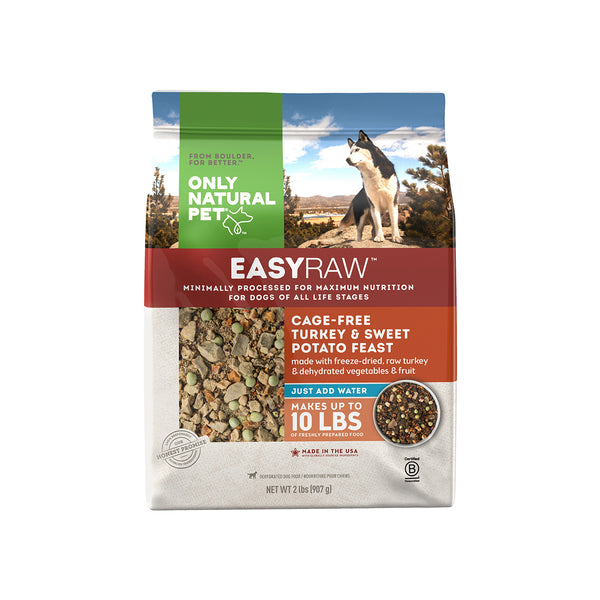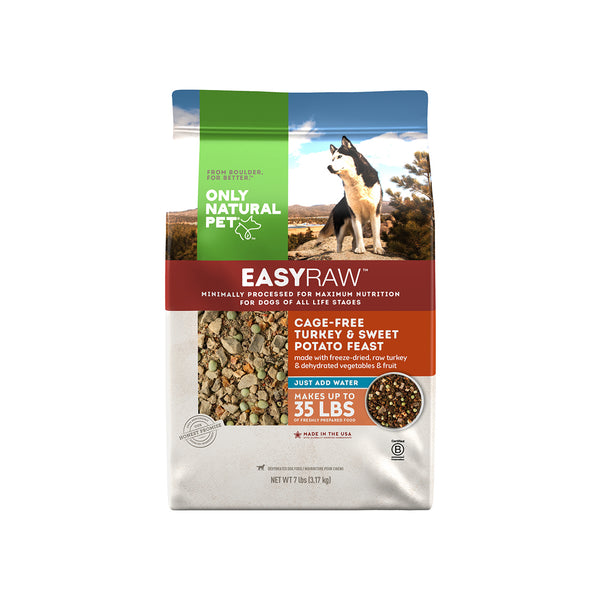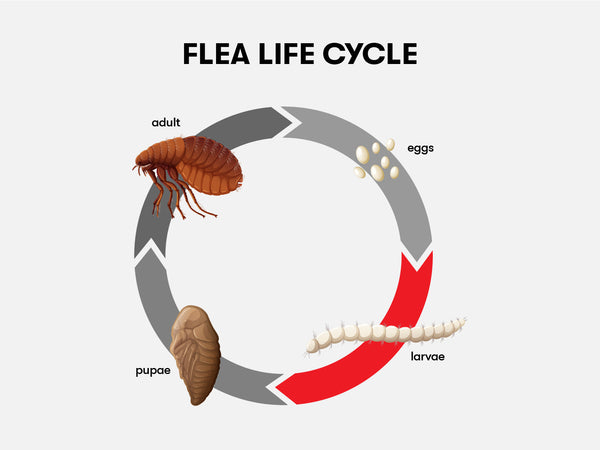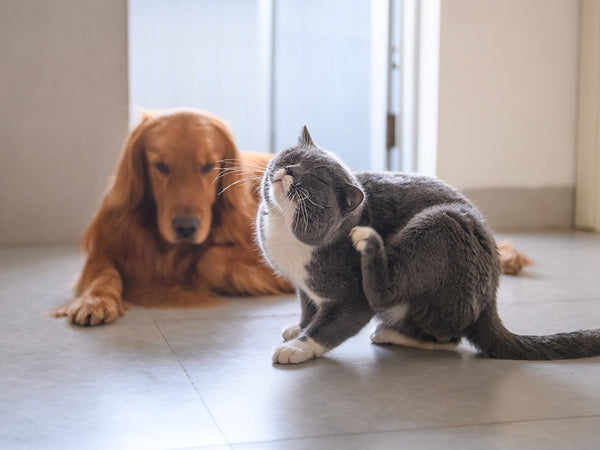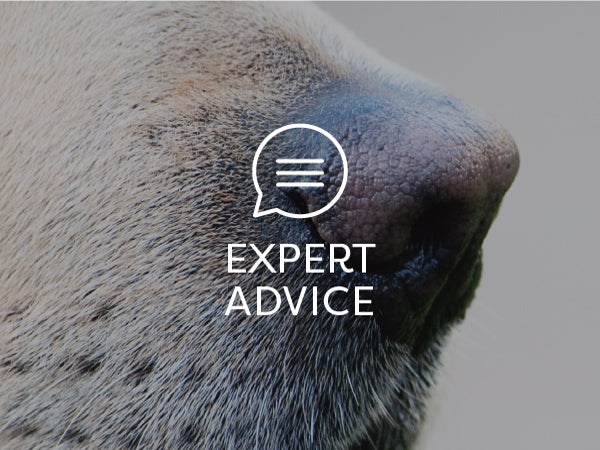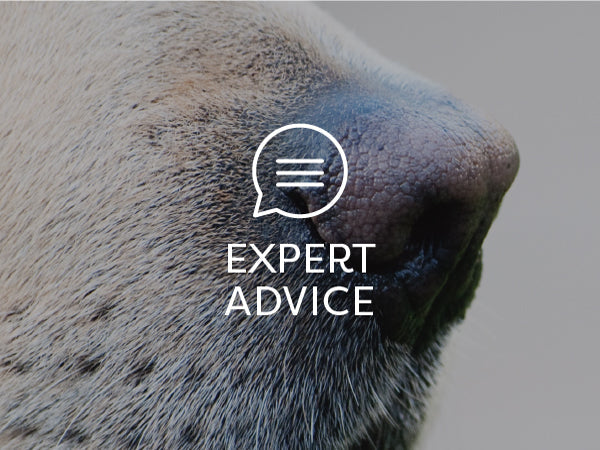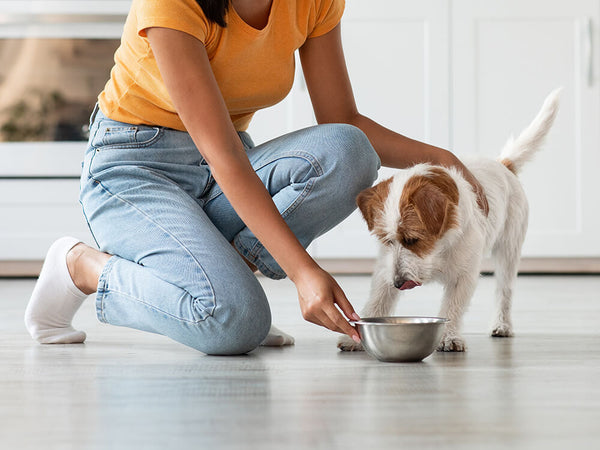Free-Range, Cage-Free, Wild-Caught... What Do They Mean for Pet Food?
Written by: Richard Rowlands
We're all trying to be more aware of where our food comes from – and the food we give our pets. And that means deciphering the many food labels out there. Terms like "free-range," "cage-free", and "wild-caught" may seem self-explanatory, but they're not as straightforward as you might think. In this post, we'll take a look at some of the most common terms in use around different ways our pets' food is produced.
Who Decides What These Terms Mean?
First, let's look at who decides what these terms mean. If you're buying pet food supplies sold in the US, they're overseen by the Food and Drug Administration (FDA), just like human food. The FDA requires pet food to be manufactured to high standards. In their words, it should be "safe to eat, produced under sanitary conditions, contain no harmful substances, and be truthfully labeled."
In fact, you might be surprised at just how stringent pet food regulations are; it's reassuring to know that the products we provide for our pets and animals are held to very high standards. Similarly, most of the phrases and terminology we'll be looking at in this post have specific federal definitions – but the reality of how some of these terms are defined might surprise you.
How Free is Free-Range?
For years now "free-range" has been a term used by a lot of pet food producers, particularly around products containing poultry and meat. Giving feed animals space is humane and also, we're told, leads to a higher-quality product: research shows that meat from animals raised with a lot of outside space is leaner and contains less harmful microbes than battery-farmed equivalents. So, it's as easy as choosing a product labeled "free-range", right?
Unfortunately, it's not that simple. You might assume that "free-range" chicken used in pet food products means the chickens were given a certain amount of space and time outside, rather than being kept inside for long periods.
Federal guidelines, however, only require that the poultry are given "some" time with outside access every day. In reality, this can mean they spend the majority of their lives in a small coop that's only open to the outside for a few minutes every twenty-four hours.
So, to ensure that "free-range" really is free-range, it's important to choose high-quality pet food and treats from a supplier who's transparent about their supply chain.
Third party certifications are a great way to verify supply chain. B-Corp, Global Animal Partnership (GAP), and others require transparency in the supply chain. Many premium pet food suppliers also ensure they only use ingredients that are rated food-safe for human consumption.
Cage-Free: Free From Doubt?
Another common description is "cage-free". Unlike "free-range", there's less ambiguity about the way producers can legally use this phrase; the US Department of Agriculture (USDA) only allows its use on eggs and egg products which it verifies as coming from cage-free chickens.
Choosing a cage-free pet food gives more of a guarantee that any chicken or eggs used were raised in a healthier environment.
Wild-Caught Fish
While we've always thought of our cats as fish lovers, in recent years increasing numbers of pup parents have begun adding fish to their dogs' diets, too. Many dogs enjoy increased amounts of fish in their diets, and by choosing a dog or cat food that includes wild-caught fish like salmon, trout, and haddock you'll ensure your pet's diet is rich in Omega-3 fatty acids.
Just like humans, dogs and cats need these essential oils for optimum functioning of brains, joints, and eyes. A diet with plenty of Omega-3 from wild-caught fish sources will have positive effects on their coats, too. But what does "wild-caught" truly mean?
Out in the Wild
"Wild-caught" fish is fish caught in open seas, lakes, or rivers. It's in contrast to farmed fish, and many consumers prefer wild-caught because they feel the quality and taste are better, and wild-caught fish stocks have a smaller carbon footprint. There's emerging evidence, too, that wild-caught fish may be healthier and less prone to disease than farmed fish, which are typically kept in cramped conditions.
Farmed fish are often exposed to high levels of toxins and pollutants, as they're almost always raised in coastal waters close to agricultural land. The close-packed nature of fish farming also means that farmed fish have to be given antibiotics to prevent disease, and those antibiotics will find their way into your pet's diet.
Looking for pet foods with fish that are Marine Stewardship Council (MSC) certified is a great way to track the supply chain, determine what fishery the product came from, and guarantee that it's sustainable.
What About Organic Pet Food?
Now you know what free-range, cage-free, and wild-caught mean when used to describe food for your pets, but what about organic pet food? According to the FDA, "There are no official rules governing the labeling of organic foods for pets at this time, but the United States Department of Agriculture is developing regulations dictating what types of synthetic additives, such as vitamins and purified amino acids, may be used in pet foods labeled as organic."
So, what does it actually mean if a pet food is labeled as organic? It simply means the food is in line with USDA standards for organic human foods. So, when you buy organic pet food, you know the ingredients were grown or raised without the use of things like antibiotics, hormones, or genetically modified seeds. For more information about organic pet food, check out this informative article from PetMD.
The Bottom Line
When it comes to the best ingredients for your pet, free-range, cage-free, and wild-caught should definitely be at the top of your list! These foods are not only better for animal welfare, but they also tend to have better nutritional profiles and be lower in toxins than their conventionally produced counterparts. And, as an added bonus, they often taste great, too! As for organic pet food, the future looks bright – and you can be sure we'll keep you posted as we learn more.




